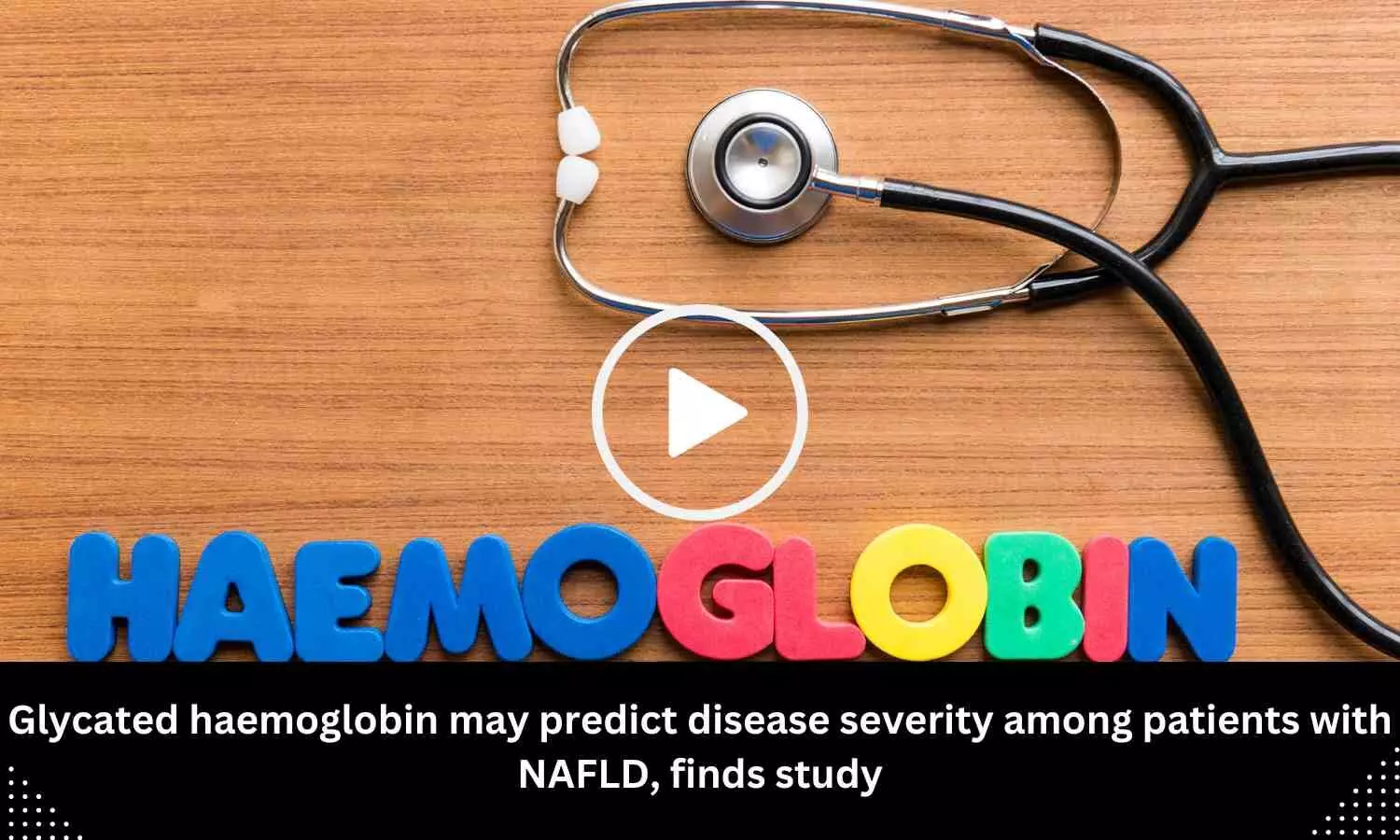Complex Interplay Between T2D and MASH: Key Drivers and Emerging Treatment Strategies

A recent study suggested that metabolic-associated steatohepatitis
can be managed by a multifaceted approach that includes diabetes-related
lifestyle modifications, weight loss, and pharmacological management. The study
was published in the journal Diabetes Research and Clinical Practice.
Nonalcoholic fatty liver disease (NAFLD) renamed and
redefined as metabolic dysfunction-associated steatotic liver disease (MASLD) is
one of the most common non-communicable and global chronic liver diseases. Metabolic
dysfunction-associated steatohepatitis (MASH) is the second leading cause of end-stage
liver disease occurring due to metabolic imbalances and insulin resistance. There
is limited data on the awareness and the potential prognostic implications of
MASLD and MASH. Hence, researchers described the multifactorial pathways, the
potential complications, and the various management methods in a detailed
review.
Risk factors:
Obesity and visceral adiposity marked by Increased waist
circumference and the waist-to-hip ratio are some of the risk factors for MASH.- Genetic polymorphisms of PNPLA3, TM6SF2, and MBOAT7 have
also been implicated. - A diet containing high fructose, low fiber, high fat, and
alcohol are some of the risk factors that can cause intestinal dysbiosis and trigger
diabetes-related MASH progression. - Dyslipidemia and gut dysbiosis are also factors implicated.
Prevalence:
-
Studies have shown that diabetics have an increased
predisposition to develop advanced fibrosis and MASH. - A higher cumulative
incidence of fibrosis was seen in diabetics over non-diabetics in due course of
time.
Progression:
An interplay between extrahepatic and intrahepatic factors
plays a crucial role in diabetes-related MASH progress.- These include the high-fat
diets that trigger intestinal dysbiosis, altered intestinal permeability, altered
secretion of adipokines, lipid overload, and proinflammatory cytokines all of
which can accelerate hepatic lipid accumulation in MASH.
Therapeutic management:
- The treatment strategies for MASLD or MASH aim to slow down the disease progression, target diabetes complications, reduce morbidity and mortality.
- Lifestyle modifications, anti-diabetic drugs, thiazolidinediones,
SGLT2 inhibitors, Dipeptidyl peptidase-4 (DPP4) inhibitors (DPP4i), Incretin
mimetics and co-agonists, thyroid hormone receptor β agonists, and combination
therapies have played a crucial role in the management of MASH.
Thus, the study concluded that MASH is a complex condition
driven by visceral fat expansion, altered gut microbiota, insulin resistance, increased
liver fat, and stress. Lifestyle changes, weight loss, and pharmacology are the
multifaceted ways of managing MASH. However, large-scale trials are needed to
assess the long-term efficacy.
Further reading: Gancheva S, Roden M, Castera L. Diabetes as a risk factor for MASH progression. Diabetes Res Clin Pract. Published online September 6, 2024. doi:10.1016/j.diabres.2024.111846





